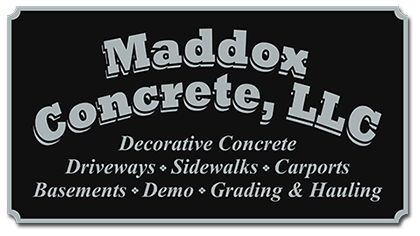Whether you’re planning a new patio, driveway, or other concrete project, you want to have the best finish possible. Getting a smooth finish when pouring concrete can be challenging. But with a little planning and the right tools, you too can achieve a professional-looking slab.
Use The Right Tools
The first step to smoothing a poured concrete slab is leveling. You can use a straight edge called a screed or a tool like a walking edger to level the surface of the concrete as it sets. Another commonly used tool is a bull float that pushes down and smooths fresh concrete. It also brings the cream, or paste, to the surface and helps the concrete cure. Using a bull float or darby too excessively works “bleed water” into the concrete, which weakens it. To avoid this, be sure to only use it two or three times on a single pour.
Float And Trowel
When pouring concrete, you need to use a float to level ridges and fill voids before you trowel. This will help the surface dry and harden properly. Floats come in various shapes and sizes, but most are made of magnesium, aluminum, or wood. Depending on your preference, there are also resin (or composite) floats. The best way to use a float is to press it into the surface of the concrete until an indentation between 1/4″ and 3/8″ occurs. Next, use a steel finishing trowel to get a smooth finish. Make sure to slightly lift the leading edge of the trowel. This helps avoid digging into the concrete, which can damage it or cause blisters and scaling in the future.
Check For Cracks
Concrete is a tough, strong material that can stand up to heavy traffic and years of wear and tear. However, like any other material it can crack if certain factors are not controlled. One of the most common causes of cracking in concrete is plastic shrinkage. This happens when the surface moisture evaporates too quickly, usually during hot or windy weather. This type of shrinkage can also occur when the concrete is cured too fast, usually when it gets colder. A good way to prevent this is to create control joints in the concrete every 5 to 6 feet. These joints will help the concrete withstand temperature changes.
Use The Right Mix
When pouring concrete, it’s important to use the right mix. If you don’t, the concrete could end up a mess. Above all else, one crucial thing you need to do is make sure you’re using the right water to cement ratio. This is crucial because too much water can cause the concrete to be overly dry and weak.
Don’t Rush
Once the concrete is poured, it takes about 24 hours for the slab to set and cure properly. Don’t rush this process, as it can result in unsmooth surfaces! Only when the concrete sets can you begin to use a steel trowel or float to smooth the surface of your slab. And while you can do this a few times, make sure that you let it harden a bit between each pass.

